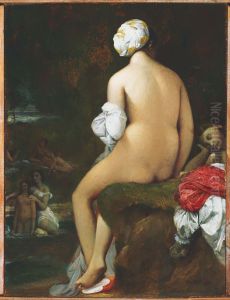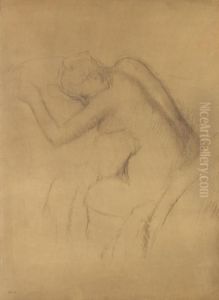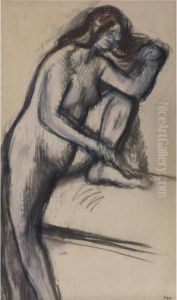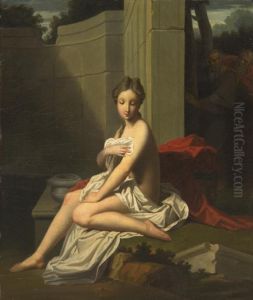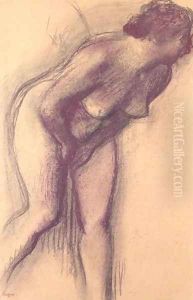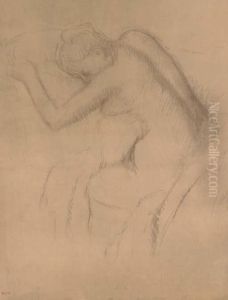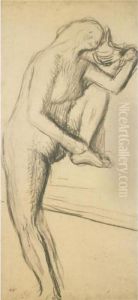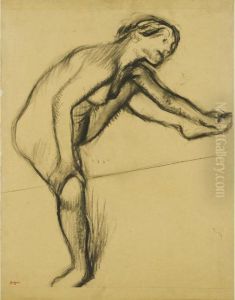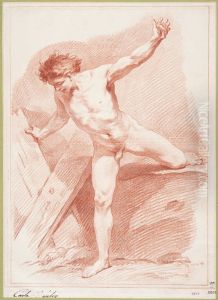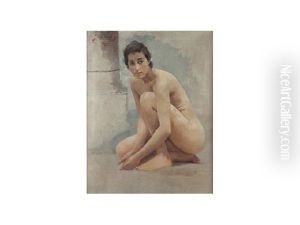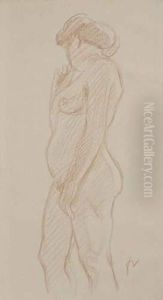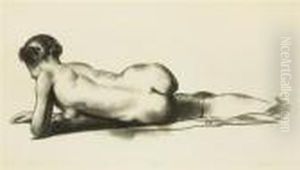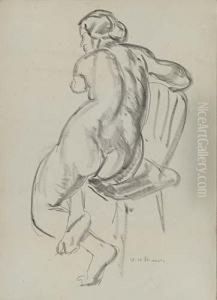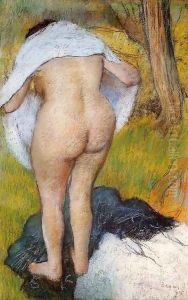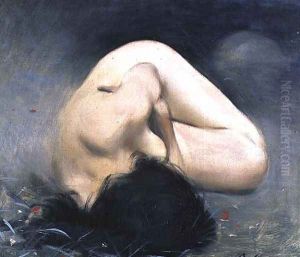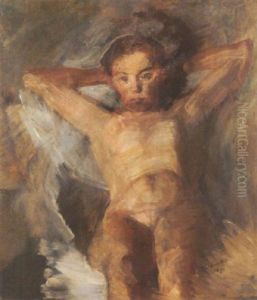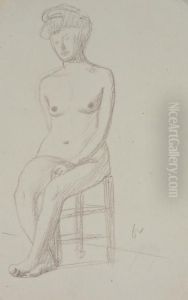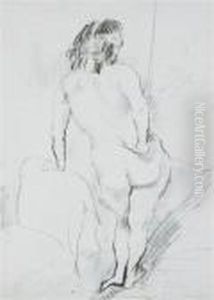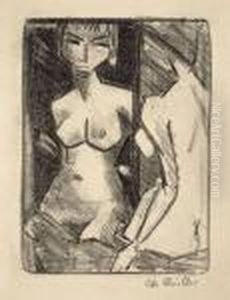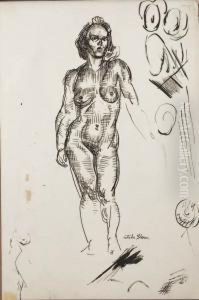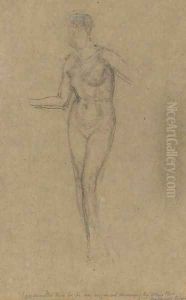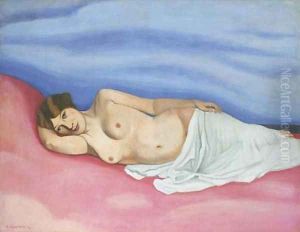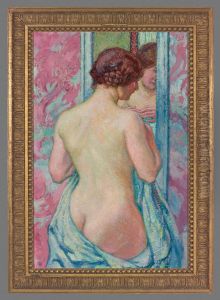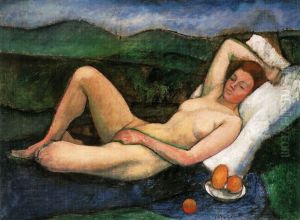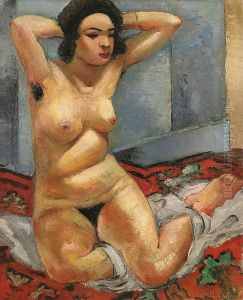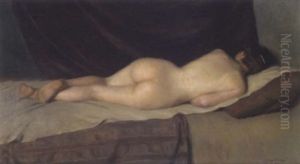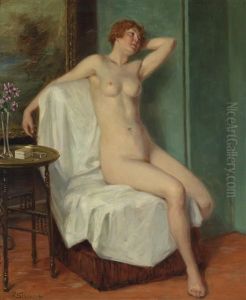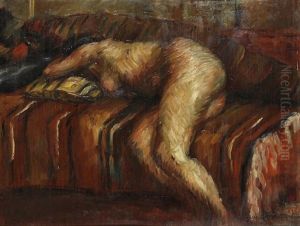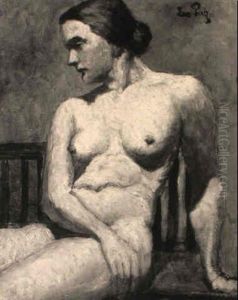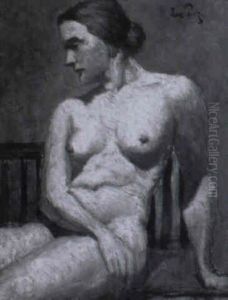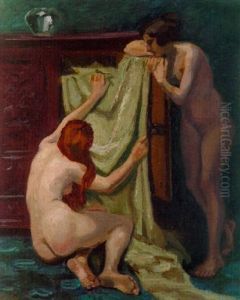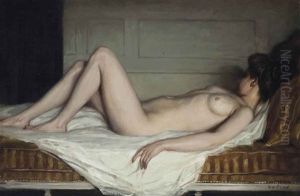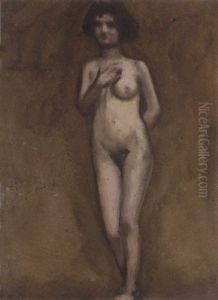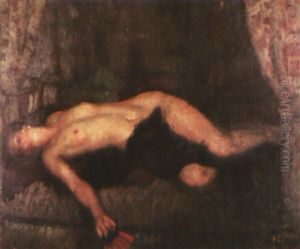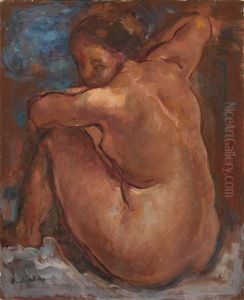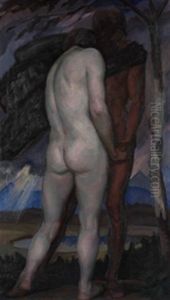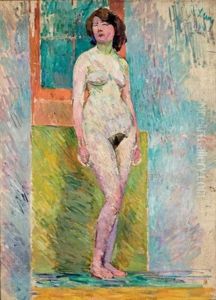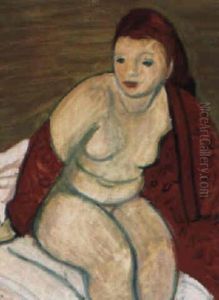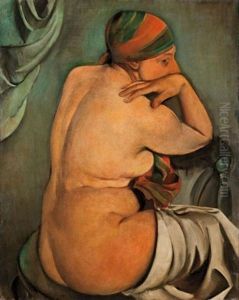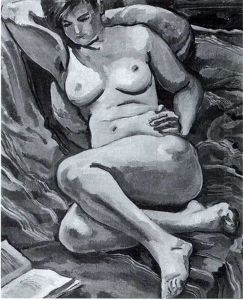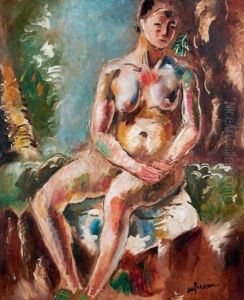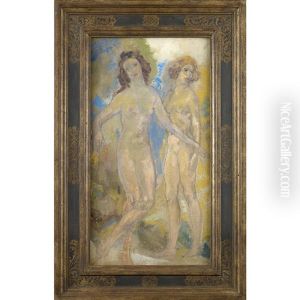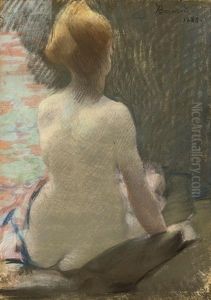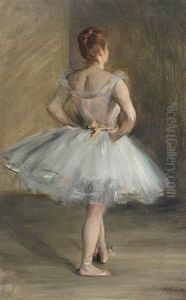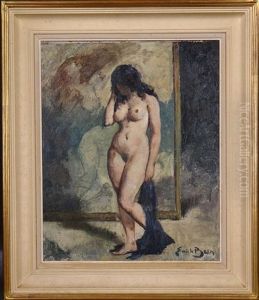Form And Line Paintings
Exploring the Essence of Form and Line in Classical Art Masterpieces
In the vast world of classical art, few elements are as fundamental and powerful as Form and Line. These core visual components are the very building blocks artists use to construct their masterpieces, guiding the viewer's eye and conveying profound meaning. From the delicate contours of a Renaissance portrait to the dynamic energy of a Baroque composition, the masterful manipulation of lines and the creation of compelling forms are what give these artworks their timeless appeal and enduring power. Understanding how master painters utilized these principles unlocks a deeper appreciation for their genius and the intricate visual language they employed.
Lines, in their various manifestations, serve as the skeleton of any painting. They can be explicit, defining the edges of objects, figures, and architectural elements with crisp precision. Think of the sharp outlines in early Renaissance works or the intricate drapery folds in a Neoclassical scene. Alternatively, lines can be implied, created by the arrangement of shapes or the direction of brushstrokes, subtly leading the viewer's gaze across the canvas. Artists meticulously employed contour lines to capture anatomical accuracy and expressive gestures, while gestural lines conveyed movement and emotion. The strategic use of linear perspective also created illusions of depth and space, drawing the viewer into the painted world and establishing a coherent visual narrative.
Beyond flat outlines, artists bring their subjects to life by rendering Form and Line in three dimensions. Form refers to the illusion of volume and mass on a two-dimensional surface, achieved through the skillful application of light and shadow, known as chiaroscuro, and modeling techniques. Whether depicting the robust musculature of a mythological hero or the soft curves of a still life, painters used subtle gradations of tone and color to create a sense of solidity and depth. This mastery of form allowed them to imbue their figures with weight and presence, making them feel tangible and real. The interplay between light and dark not only sculpts these forms but also evokes mood and atmosphere, adding another layer of complexity to the visual experience.
The profound understanding and application of Form and Line are what elevate classical paintings from mere images to enduring works of art. These foundational artistic principles are meticulously preserved and celebrated in our collection of museum-quality reproductions. Each brushstroke, every subtle gradation of tone, and the precise contours that define the original masterpieces are faithfully captured, allowing you to experience the genius of the old masters in your own space. Explore our curated selection to witness how artists across centuries harnessed these essential elements to create breathtaking beauty, emotional depth, and unparalleled visual harmony. Discover the power of expertly rendered form and line, and bring a piece of art history into your home.
